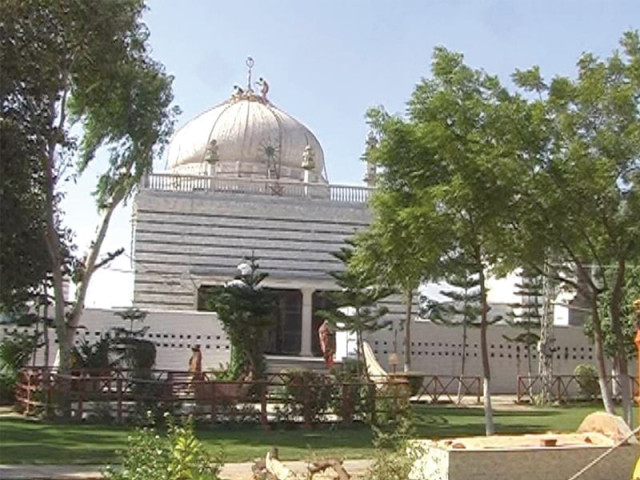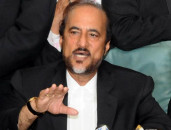Urs of Shah Inayat: In the age of capitalism, this socialist saint attracts thousands
Inayat’s tomb follows different tradition, no govt official inaugurates the urs.

In the age of capitalism, the ideology and struggle of a socialist Sufi saint is, perhaps, destined to attract less attention. Yet, thousands turned up from across the country and even from abroad to attend the 304th urs of Sufi Shah Inayat in Miranpur, Thatta district, on Sunday.
Inayat, a spiritual disciple of Hazrat Shah Abdul Malik of Bijapur, India, is regarded as the first socialist Sufi of Sindh - a title given to him by a historian of socialist philosophy and author of the book ‘From Moses to Karl Marx’, the late Sibte Hassan.
Inayat was born in 1655 AD in Miranpur village - now renamed Jhoke Sharif. After being labelled as a rebel and infidel for his socialist struggles, he was killed in 1718 AD by the local rulers of Sindh. Mian Muhammad Khan Kalhoro, the then ruler of Sindh, and Inayat had reached a ceasefire to end the four-month-long siege of Mianpur, but Kalhoro and his supporters betrayed Inayat and captured him. They cut off his head later as punishment for his rebellion.
You have released me from the chains of existence, May Allah bless you now and hereafter were his last words.
Despite his contributions to the evolving socialist thought, less is sung about Inayat who preceded the French revolution and the Marxist ideology in time and led an armed struggle against the prevailing feudal and capitalist system.
“His philosophy was to serve the humanity and to consider all humans as equals,” said Syed Attaullah Sattari, the gadi nasheen [caretaker] of the shrine. “He strived for the poor and the oppressed, and the strata of society that suffered from social injustices.”
Perhaps that explains why a majority of his disciples and followers are Hindus on both sides of the border. “A great majority of Hindus admire Sufi Inayat Shaheed because he stood against their suppression by a tyrant theocratic regime led by Aurangzeb in Delhi,” said Mahesh Deewan, who came with his family from Mirpurkhas to pay respects at the shrine. Even Sattari, who is the 13th gadi nashin of the family ageed that, “He is discrete from his peers in that he led an armed fight against an autocratic and extremist regime for the rights of the common people.”
Urs inauguration
Unlike other shrines in Sindh, where government dignitaries commence the urs celebrations, the tomb of Inayat follows a different tradition. The descendents of Inayat have prevented the shrine from going under the government’s control through the Auqaf department. “We don’t expect the rulers to protect and spread his ideology,” Sattari told Sindh Express.
At Inayat’s shrine, the gadi nasheen himself inaugurates the urs after Asr prayers on the 17th day of Safar. A mehfil-i-samaa [meditation gathering with the help of Sufi music] and a katchehri jo raag is held afterwards and continues for the three-days of the urs. “We sing the poetry of Sufi Syed Sadiq Fakir in mehfil-i-samaa in praise of the Almighty Allah in rhythm, but without music,” Shafi Fakir, a folk singer told The Express Tribune.
“We strictly follow moral principles,” said Abdul Nazir Mehar, a disciple from Khairpur. “No one can enter the shrine without their heads covered. You can’t even think of taking drugs here.” Mehar found the ambience and tranquility of the place different from other shrines especially during the urs celebrations.
Shah Abdul Latif Bhittai, whose urs overlaps Inayat’s, also sang his poetry with reverential praise.
Published in The Express Tribune, January 1st, 2013.



















COMMENTS
Comments are moderated and generally will be posted if they are on-topic and not abusive.
For more information, please see our Comments FAQ